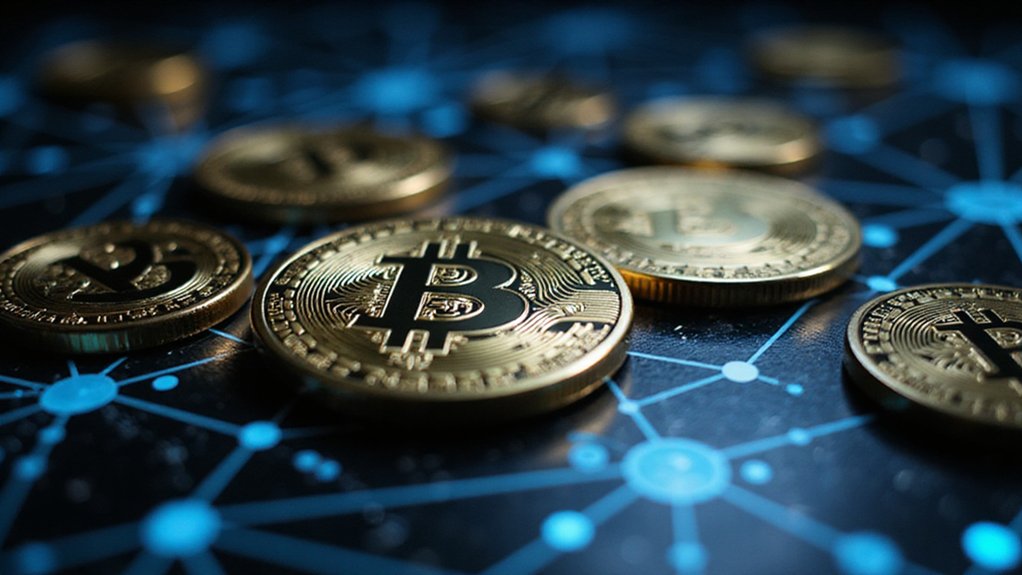The convergence of artificial intelligence and cryptocurrency—two technologies that have independently disrupted traditional finance with the subtlety of a sledgehammer—has reached a pivotal moment in 2025.
This creates what industry observers might generously call a “perfect storm” of innovation (though whether this storm brings fertile rain or destructive winds remains hotly debated).
Machine learning algorithms now prowl blockchain networks like digital bloodhounds, sniffing out fraud and anomalies with precision that would make traditional banking security teams simultaneously envious and existentially worried about job security.
These AI-powered protocols don’t merely detect irregularities; they predict them, creating a preemptive defense mechanism that transforms reactive security into proactive fortress-building.
Transaction optimization represents perhaps the most tangible benefit for users drowning in gas fees and glacial processing times.
AI algorithms rescue crypto users from the twin torments of exorbitant fees and processing speeds that move like continental drift.
AI algorithms dynamically allocate computational resources, reducing costs while accelerating speeds—a development that crypto enthusiasts have awaited with the patience of desert travelers spotting an oasis.
Load balancing and automated network tuning guarantee ideal performance, though one might wonder if we’re witnessing genuine efficiency or elaborate technological theater.
The emergence of autonomous economic agents through projects like Fetch.ai (FET) introduces a fascinating paradox: human-designed intelligence executing tasks too complex for human oversight.
Meanwhile, Bittensor (TAO) constructs decentralized AI networks that challenge conventional centralized processing models, and Render (RNDR) democratizes GPU rendering through blockchain infrastructure.
Projects like NEAR Protocol utilize sharding technology to improve transaction processing efficiency while supporting AI-powered decentralized applications.
Predictive analytics have transformed DeFi applications from sophisticated gambling platforms into data-driven investment vehicles—assuming, of course, that market prediction remains possible in an ecosystem where a single tweet can trigger billion-dollar liquidations.
AI-driven smart contracts execute complex processes autonomously, minimizing human error while maximizing the potential for algorithmic mistakes on an unprecedented scale.
The integration promises enhanced risk assessment and asset allocation, with machine learning models analyzing vast datasets to inform investment strategies.
Whether this represents genuine financial evolution or merely adds artificial intelligence to cryptocurrency’s already impressive collection of buzzwords remains the million-bitcoin question.
What’s certain is that AI-crypto integration has moved beyond experimental curiosity to established market reality, complete with substantial market capitalizations reflecting serious investor commitment.
The market’s remarkable expansion is evidenced by nearly 90 AI tokens currently trading with a combined valuation exceeding $39 billion, demonstrating institutional confidence in this technological convergence.





